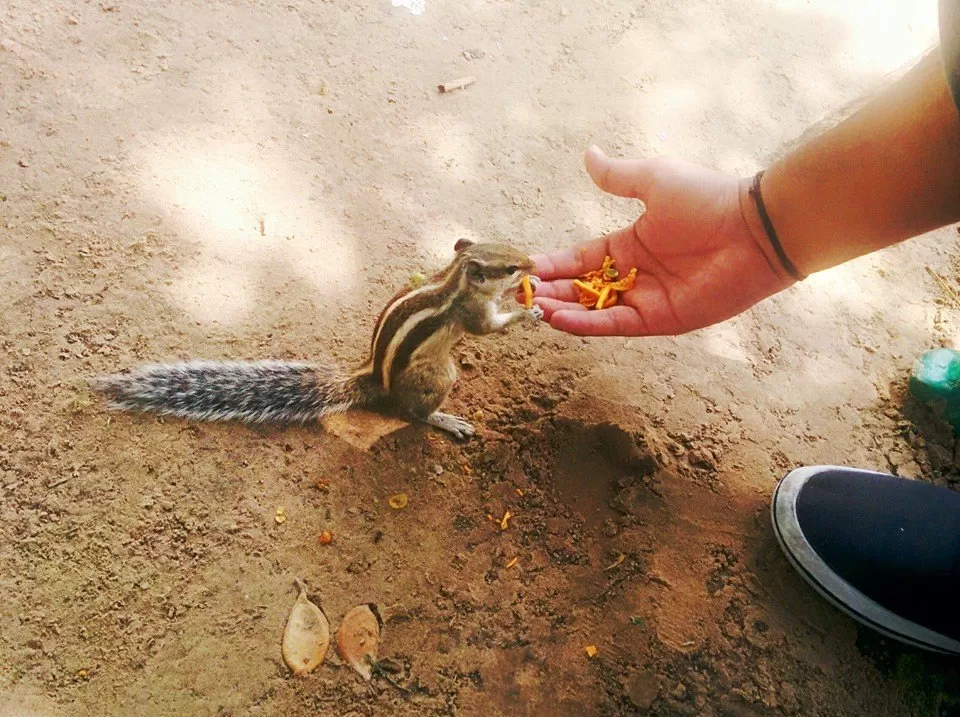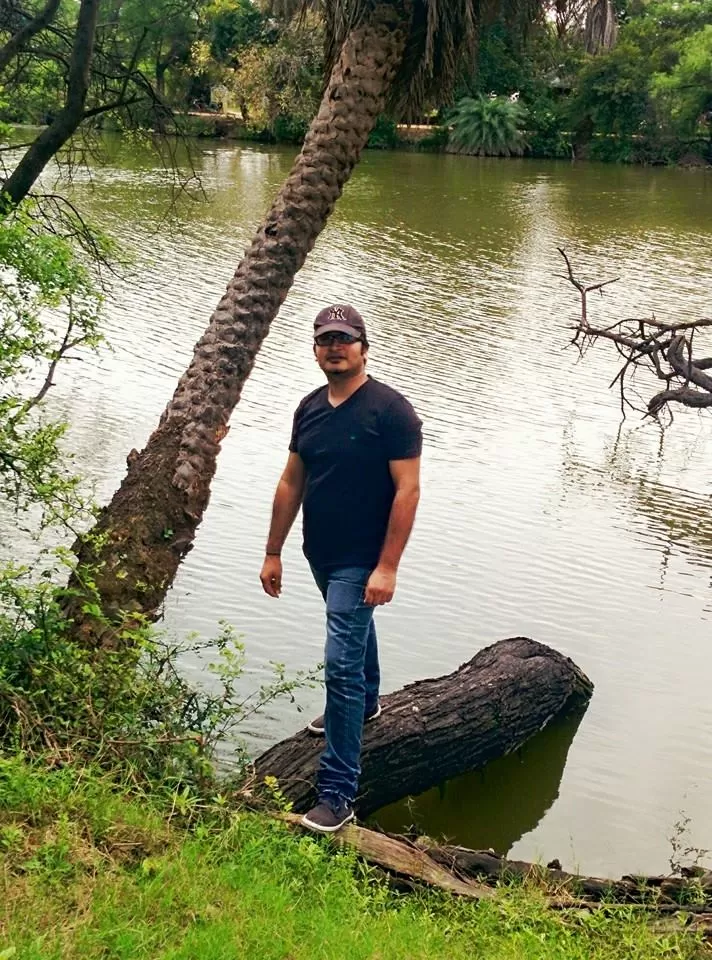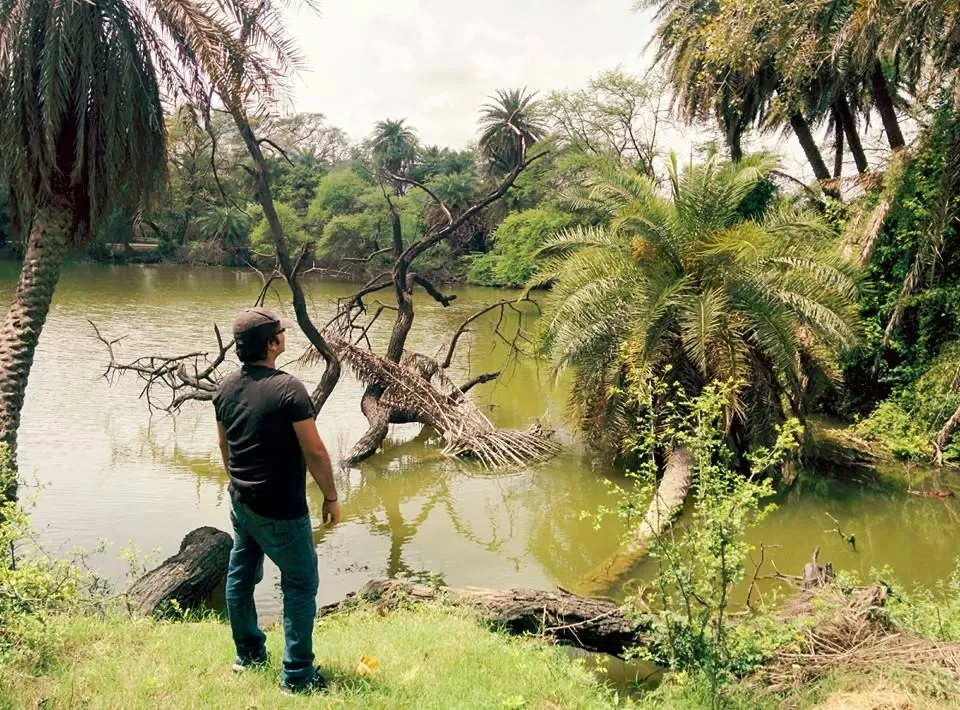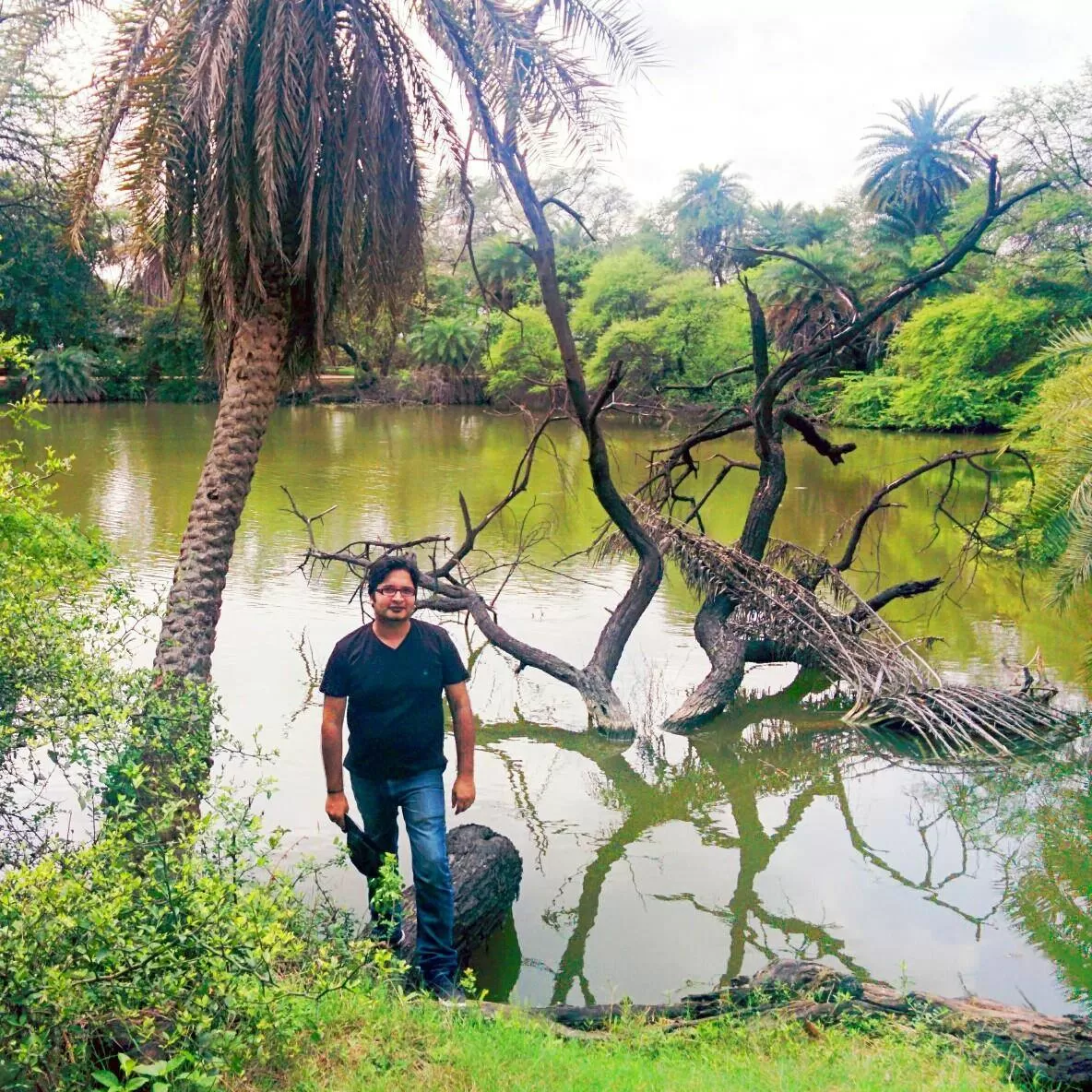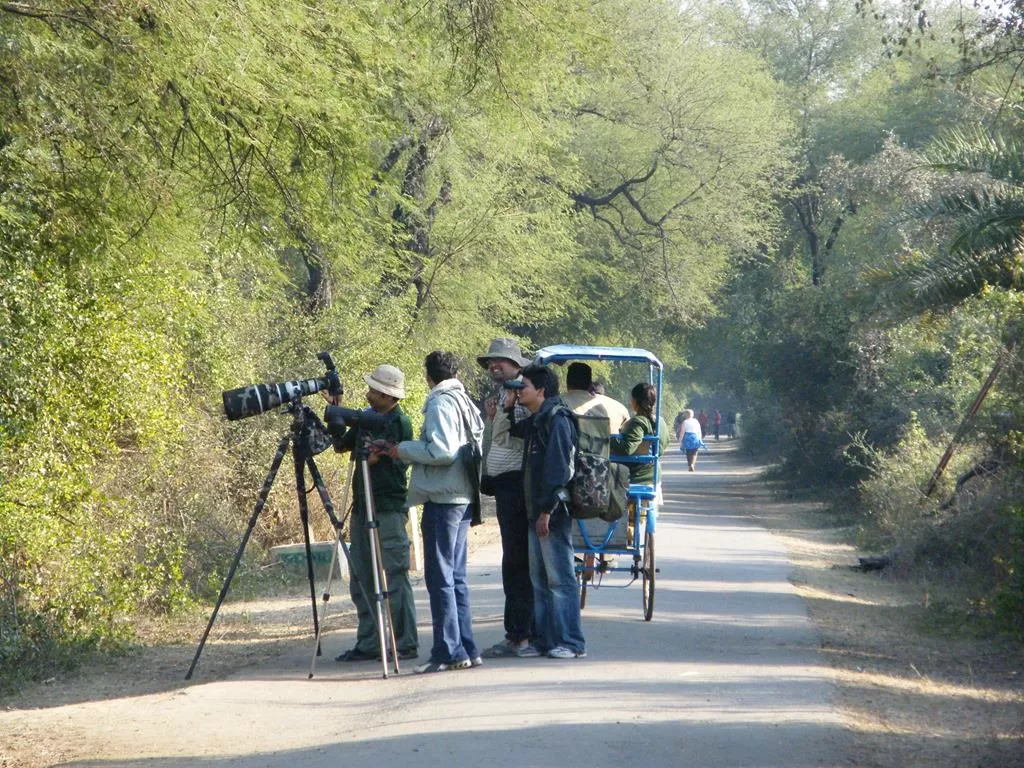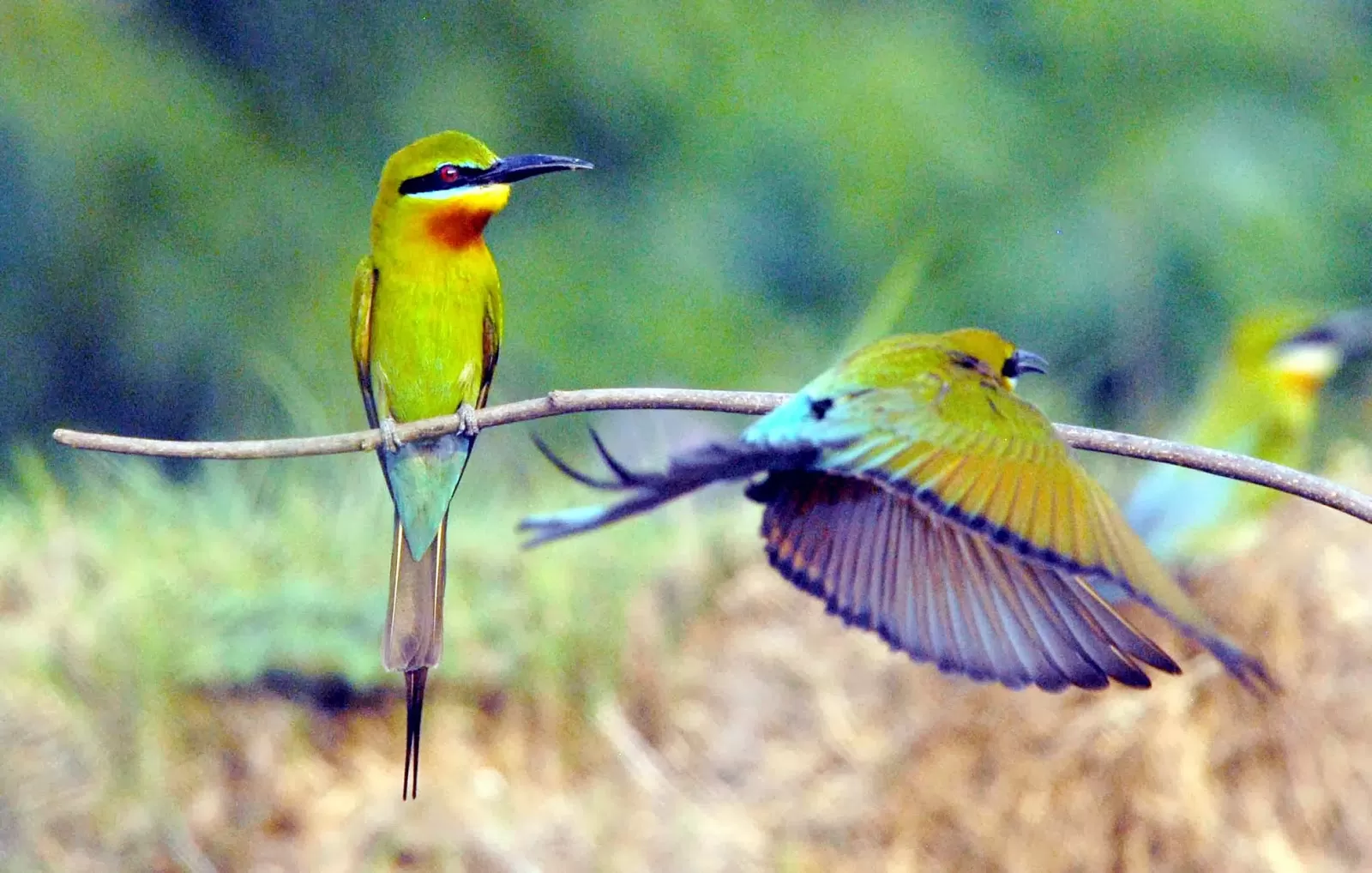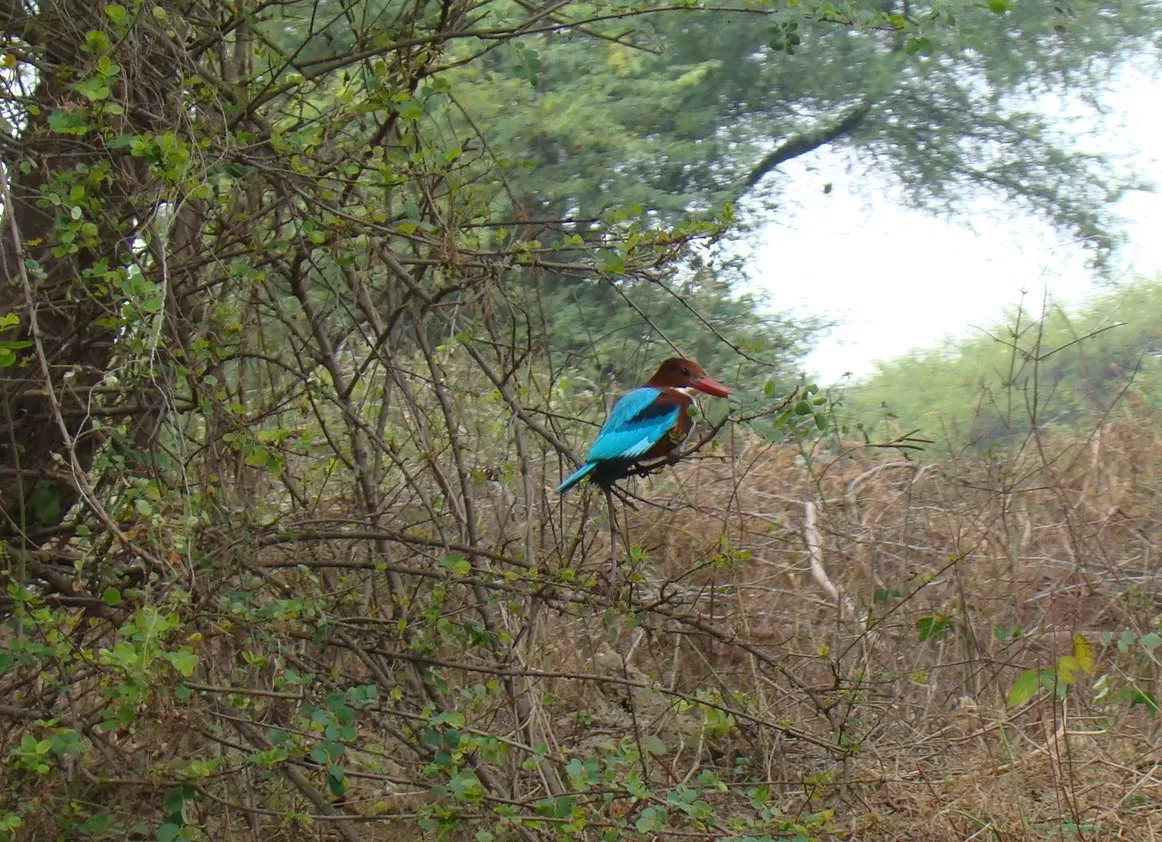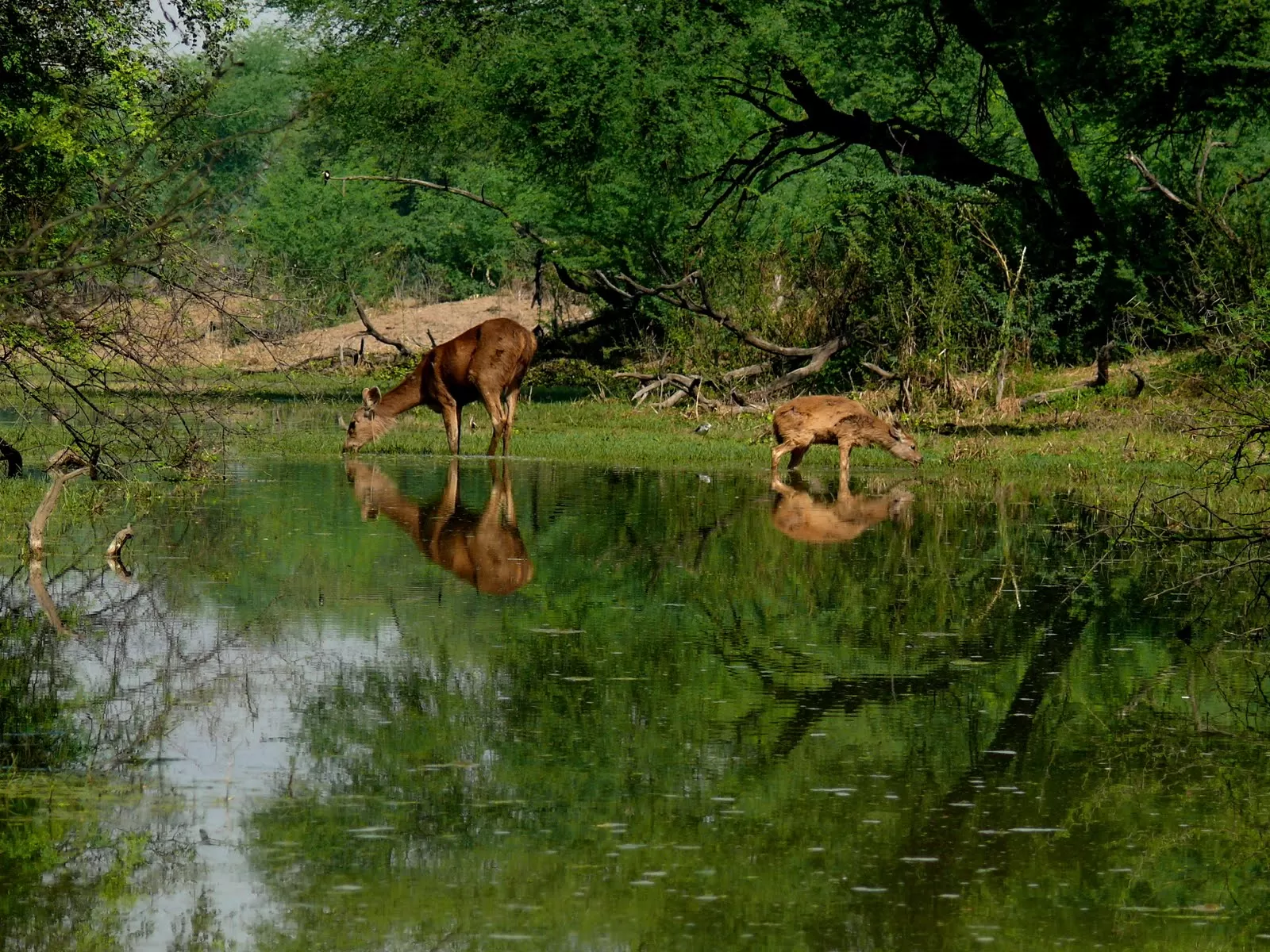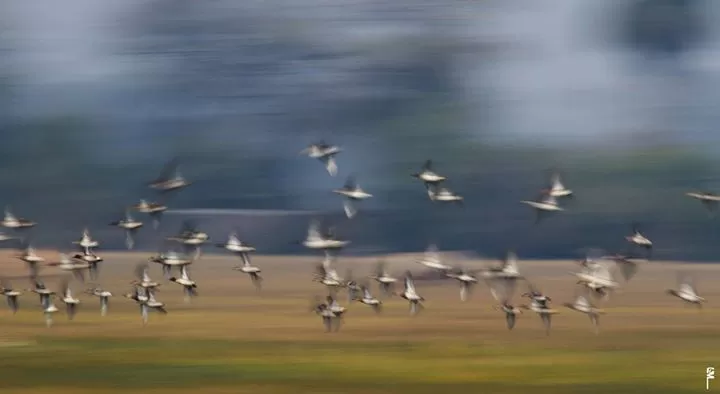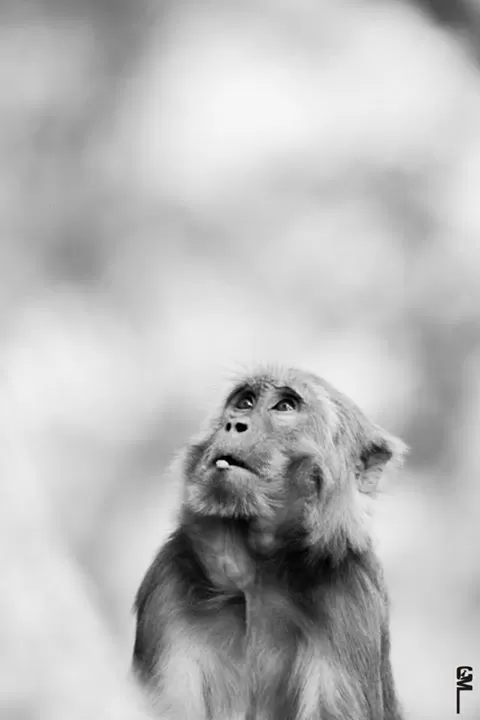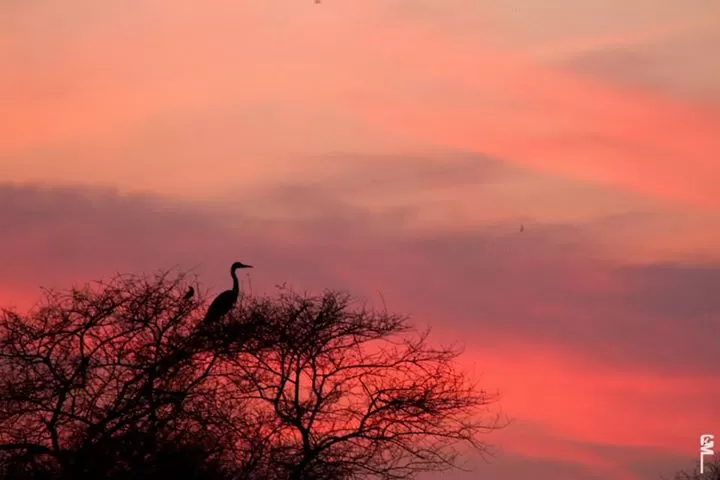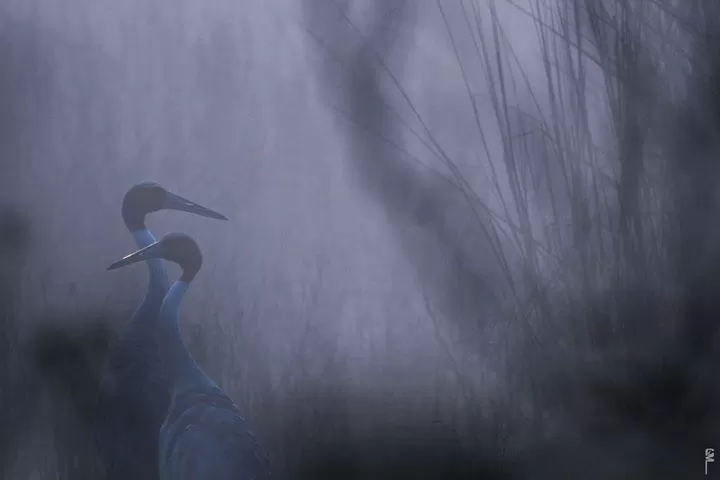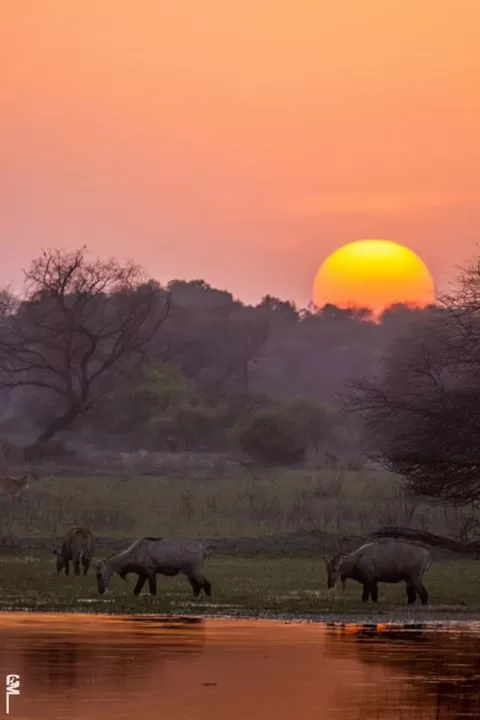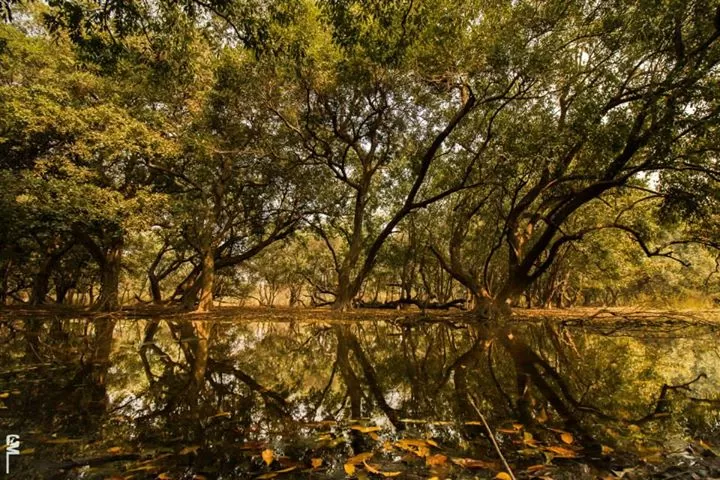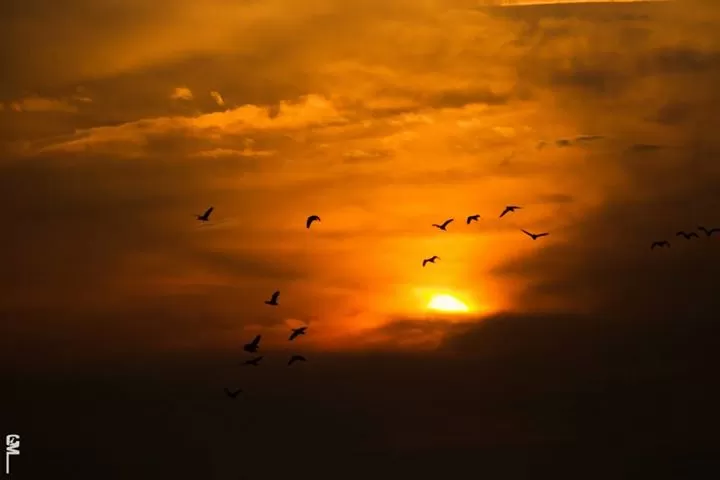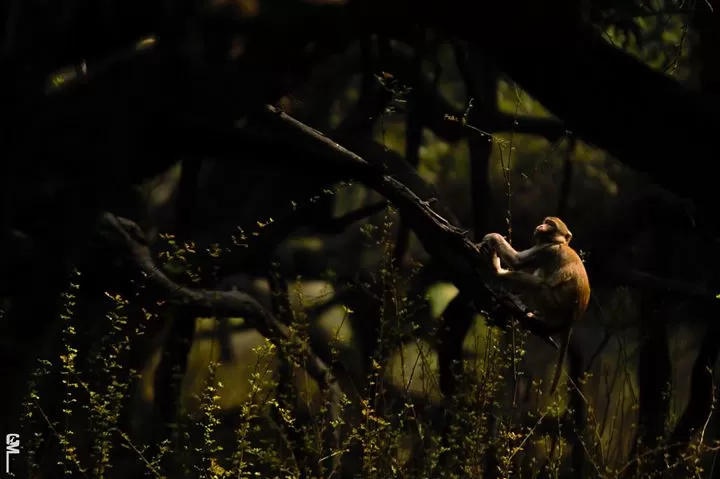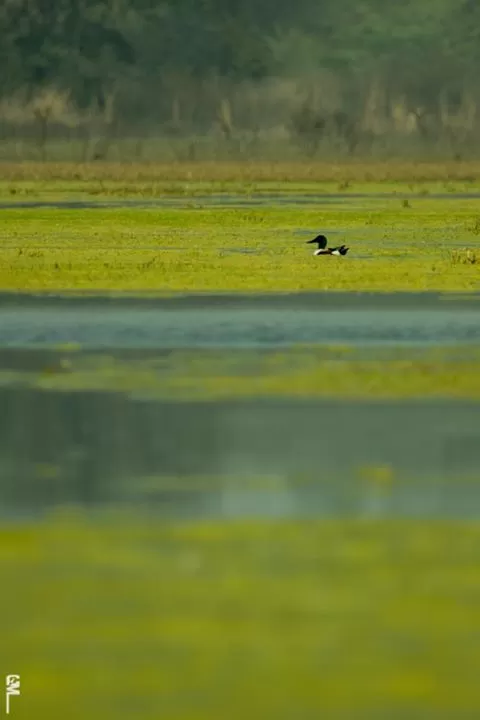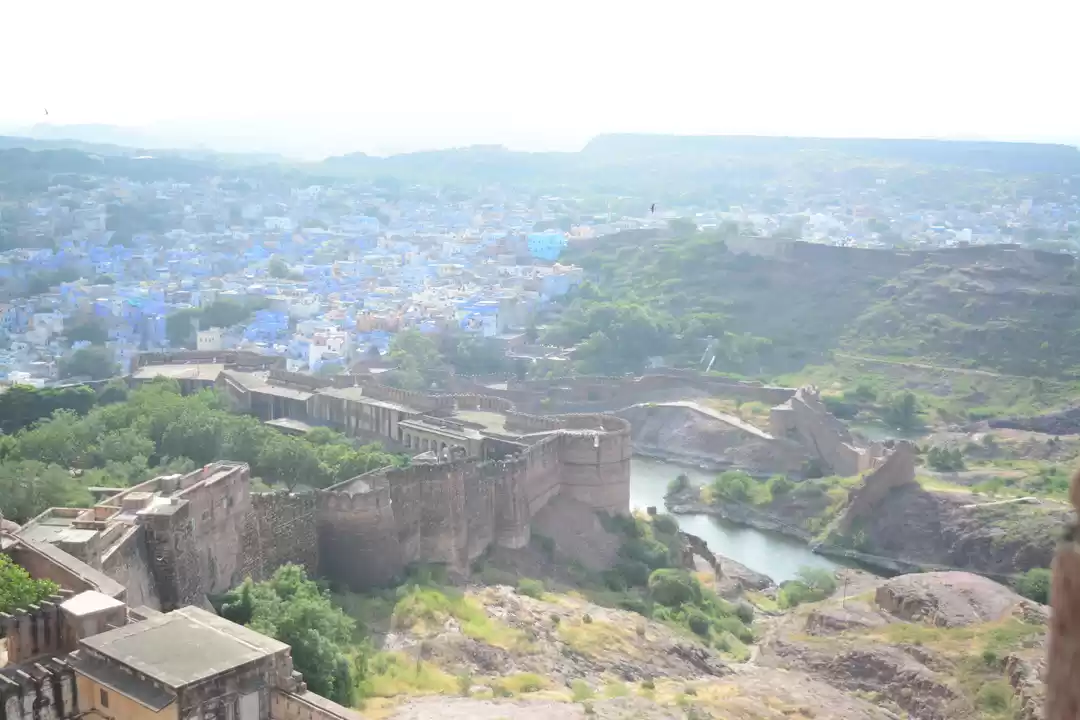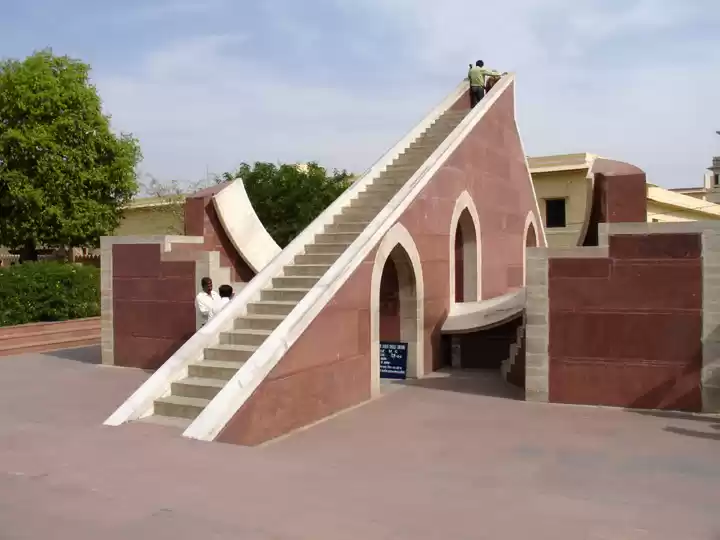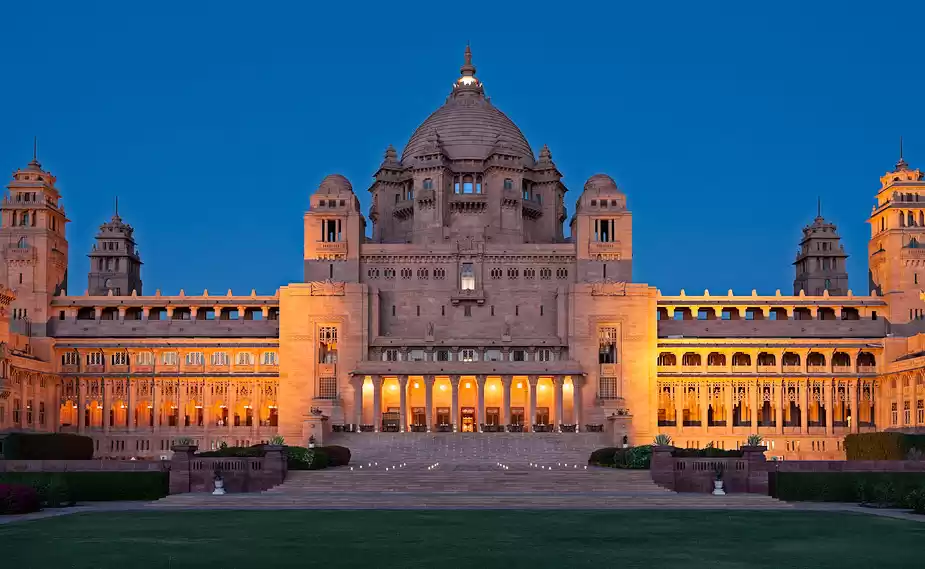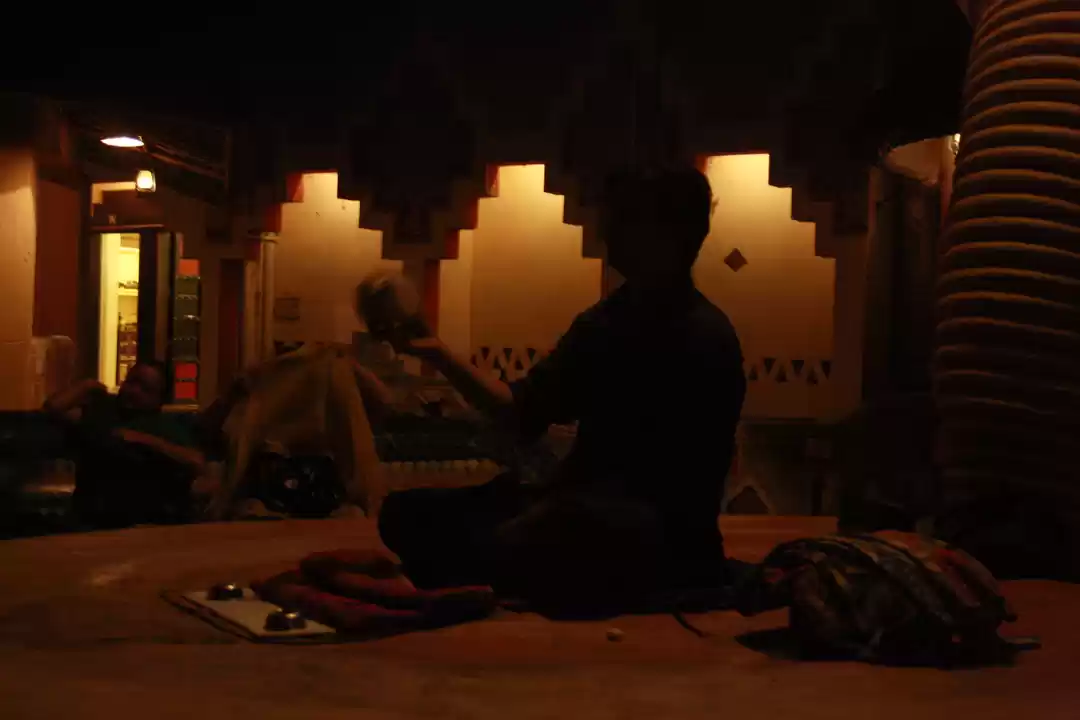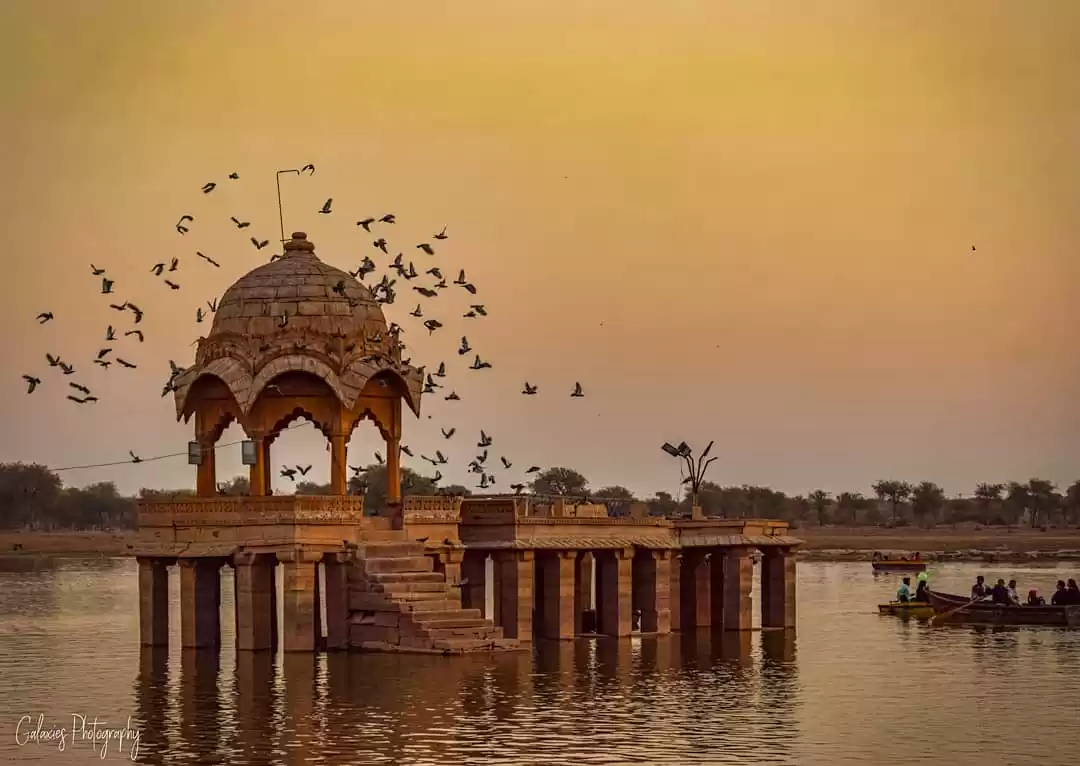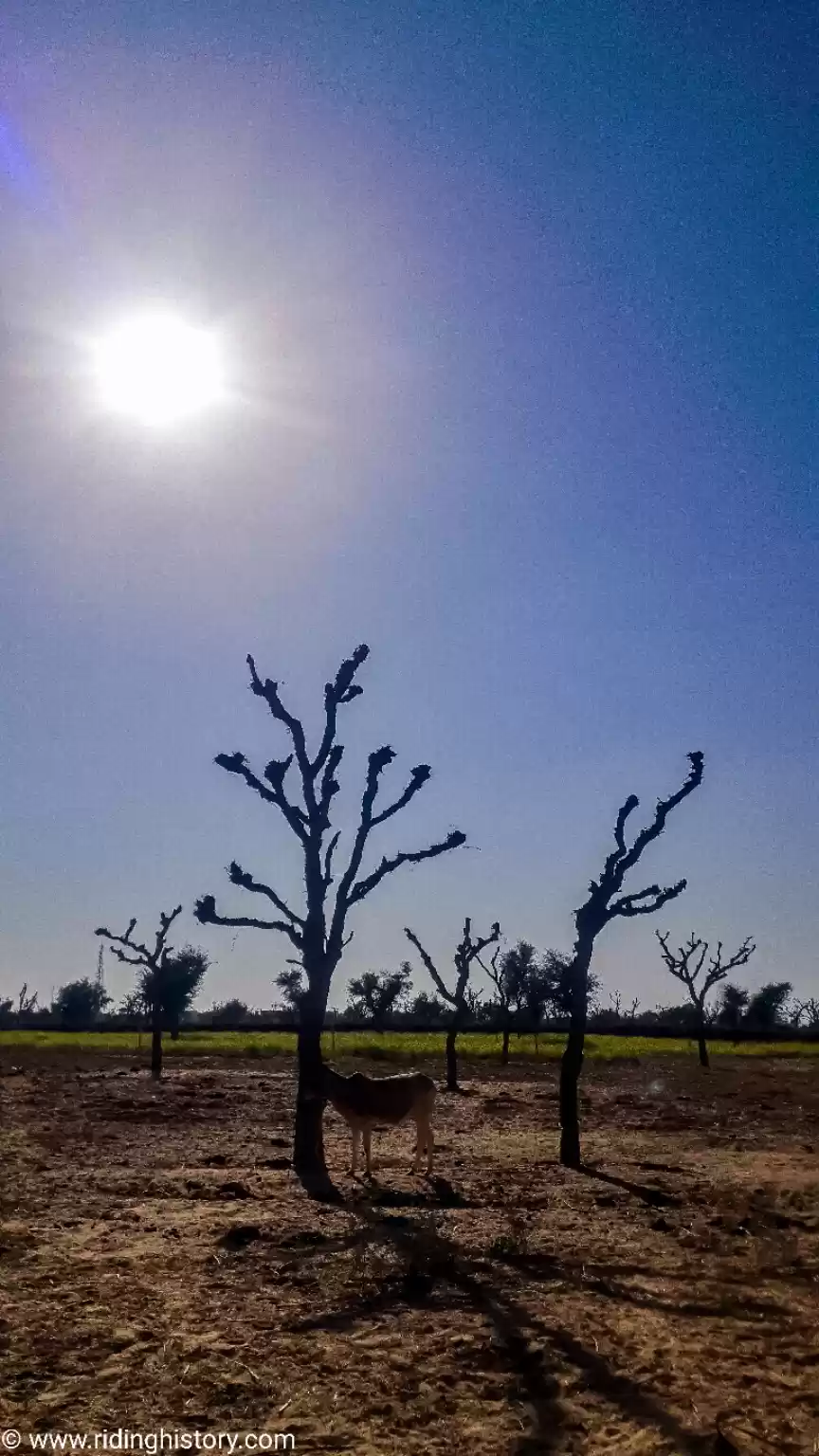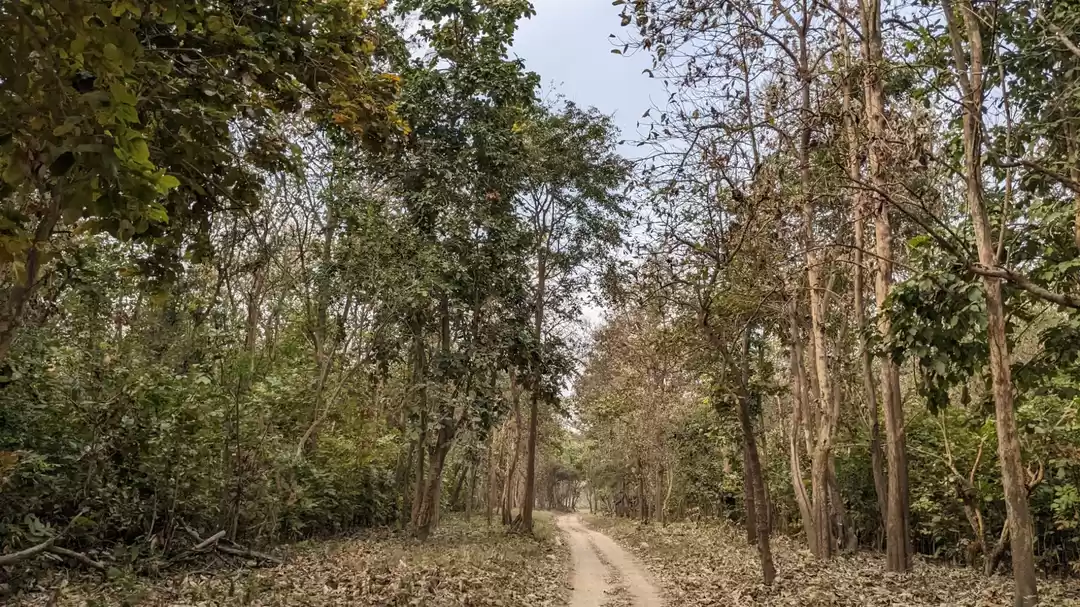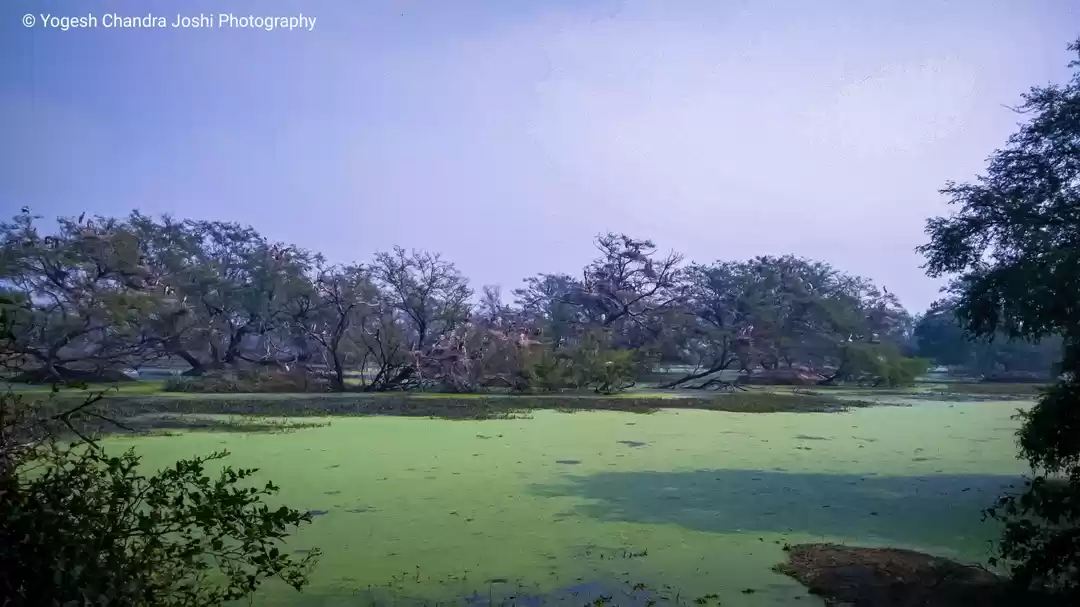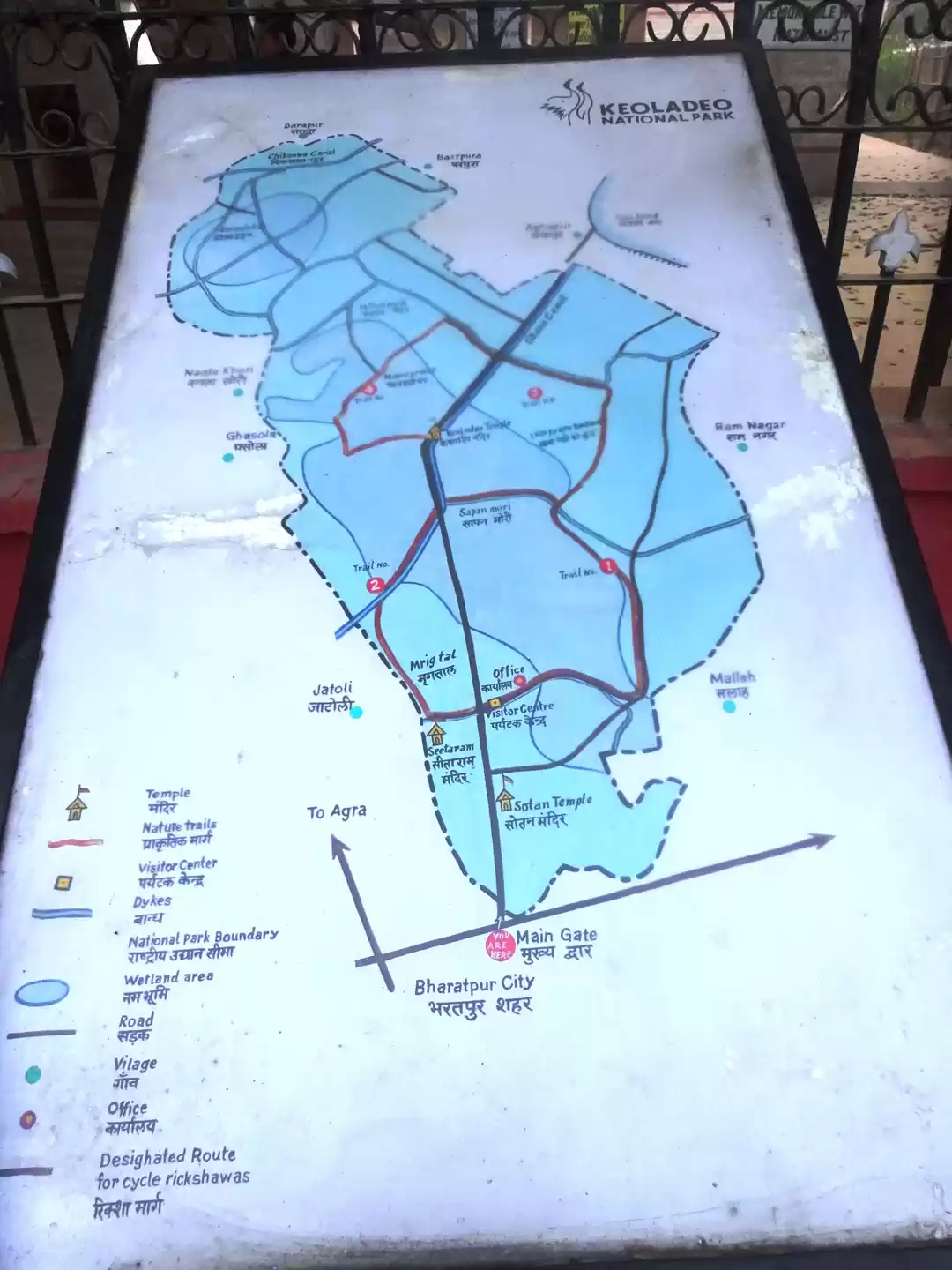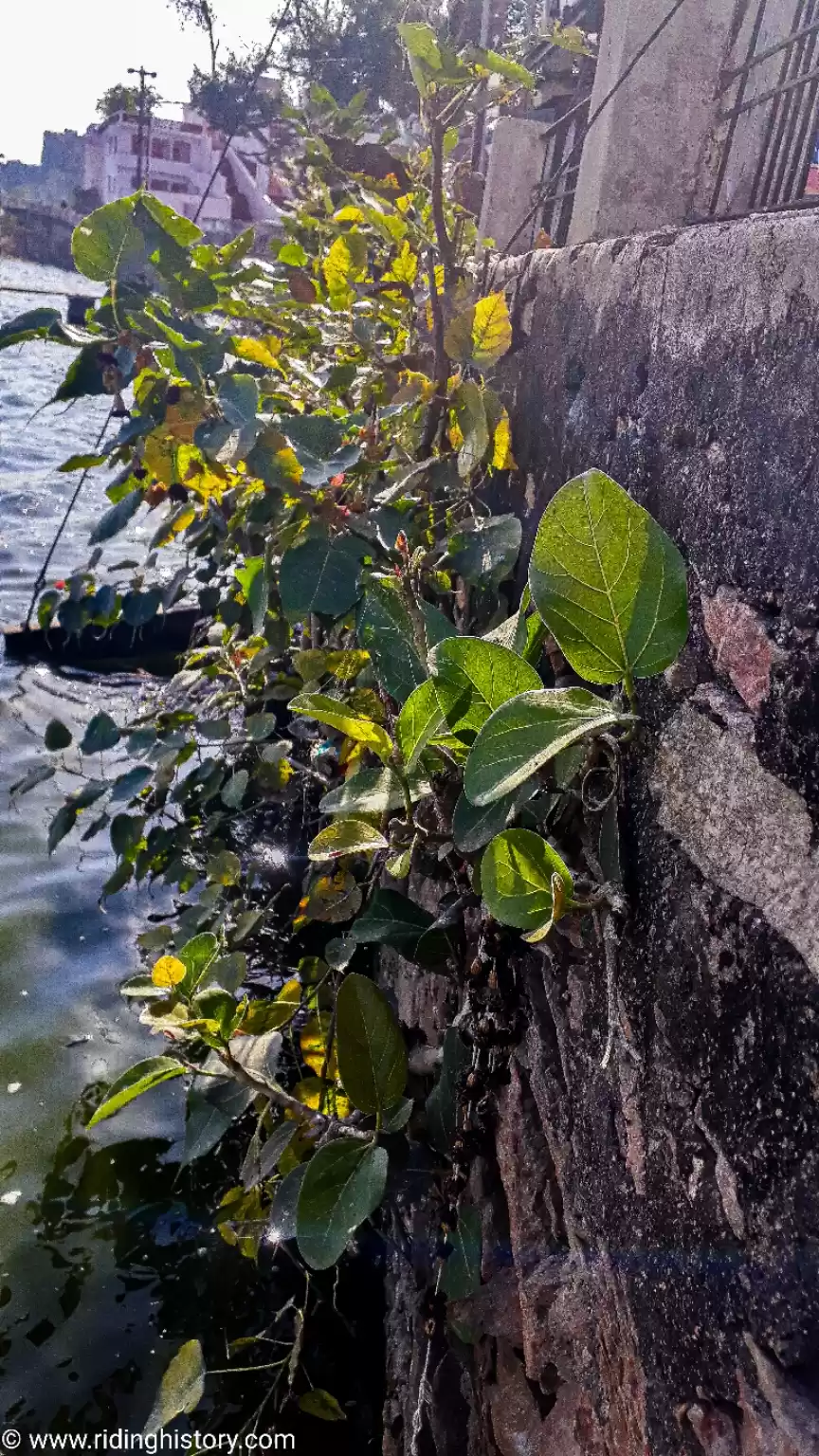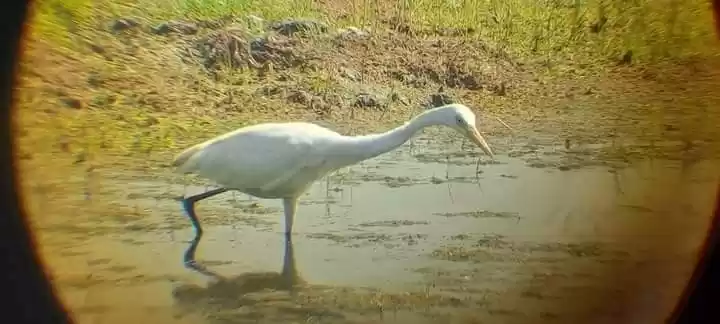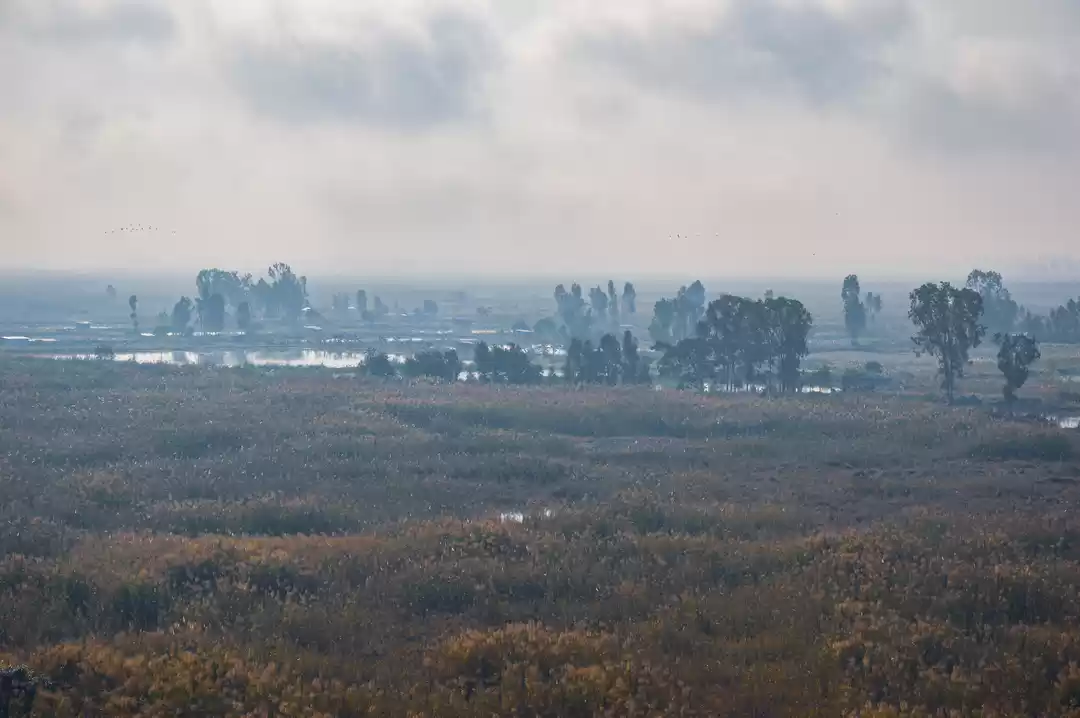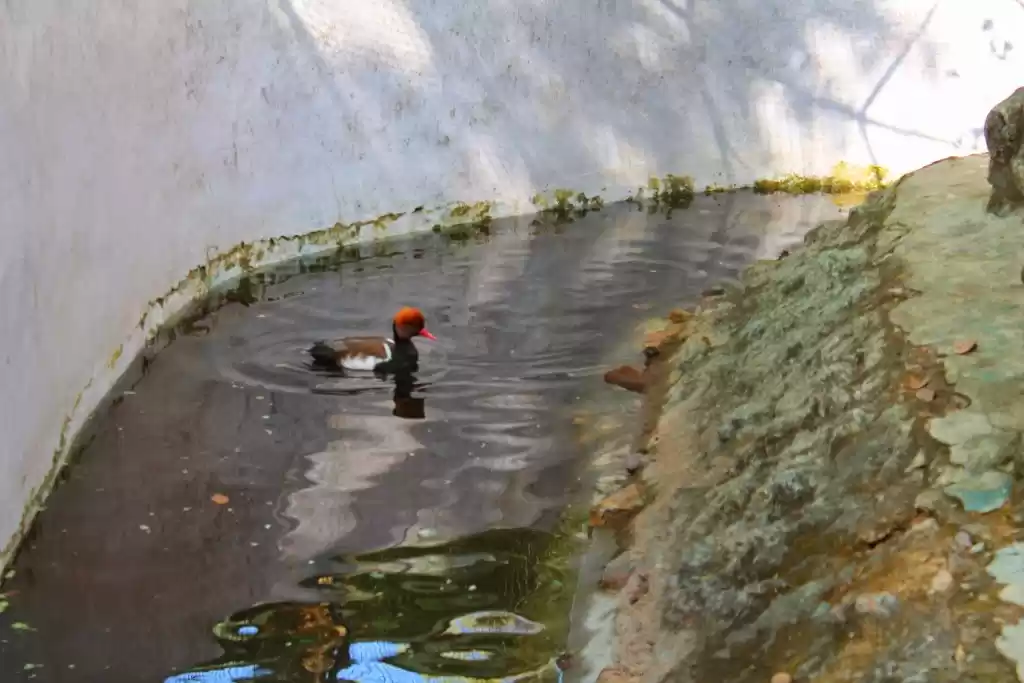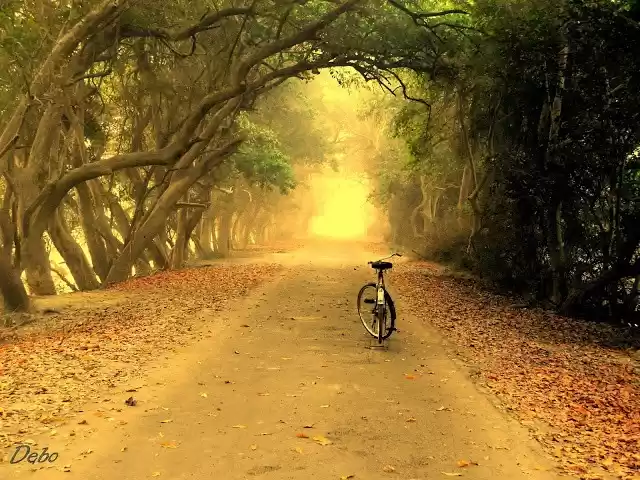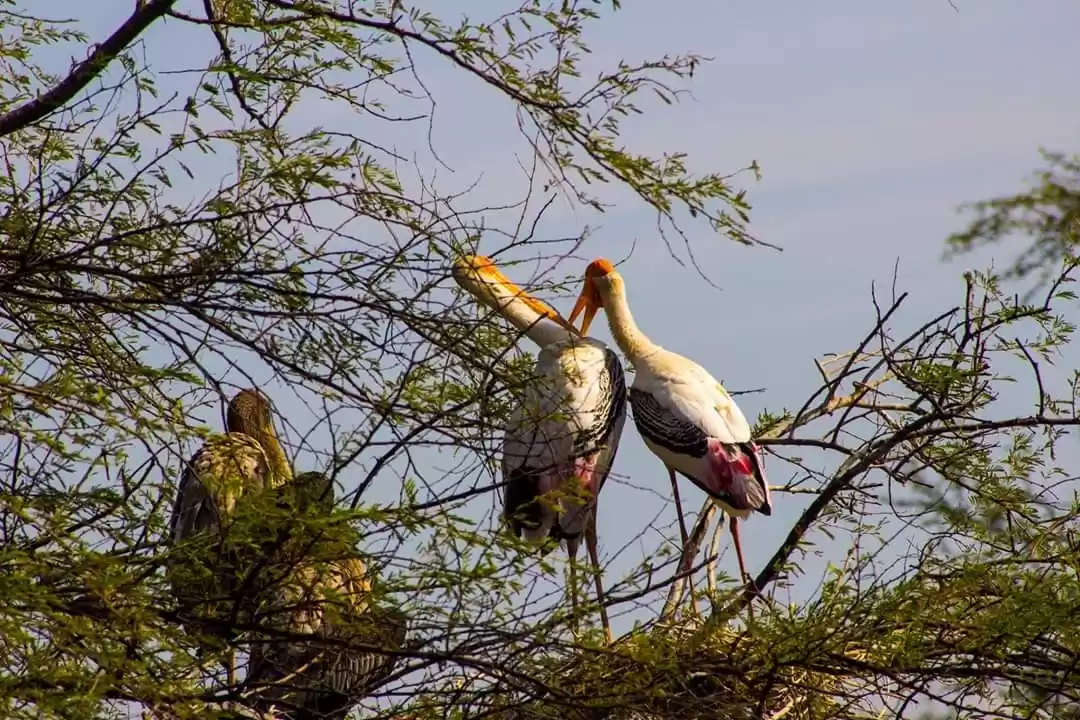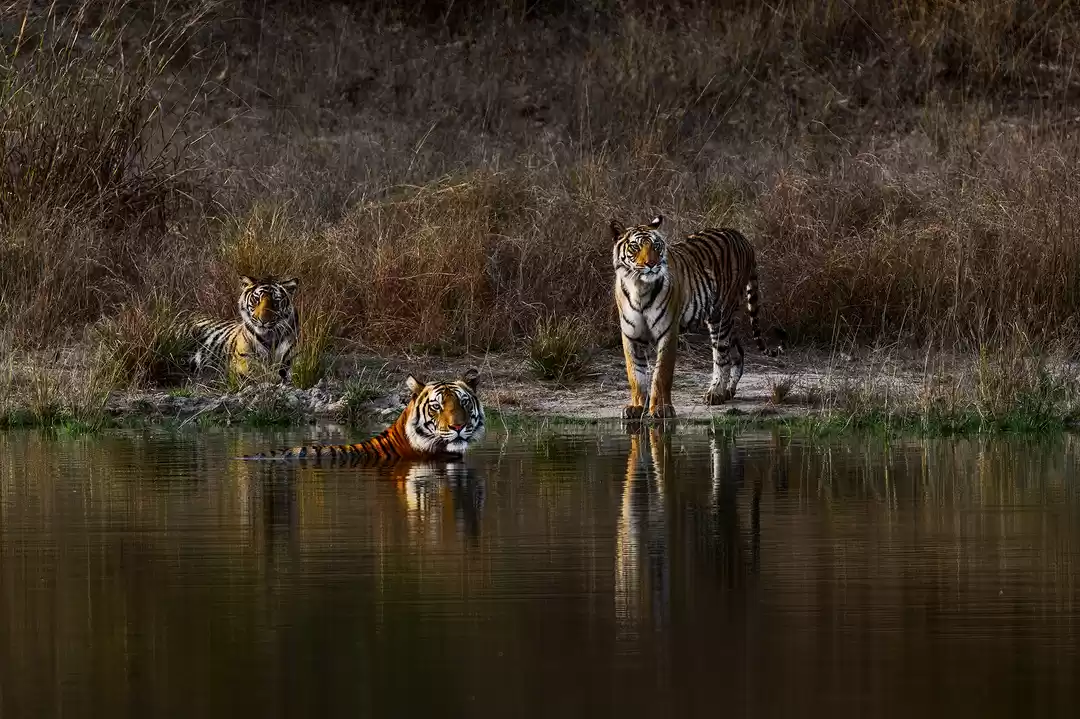If you are a bird lover, a wildlife enthusiast, or a nature photographer, you cannot afford to miss Keoladeo National Park, also known as Bharatpur Bird Sanctuary, in Rajasthan, India. This man-made and man-managed wetland is home to over 370 species of resident and migratory birds, including the rare and endangered Siberian crane. It is also a UNESCO World Heritage Site and a Ramsar Site, recognized for its cultural, economic, ecological, recreational, and scientific value.
In this article, we will give you a complete guide to Keoladeo National Park, its history, its attractions, its facilities, and its accessibility. We will also provide you with some practical tips and advice on how to plan and enjoy your trip to this bird paradise. Whether you want to witness the spectacular sight of thousands of birds flocking to the park during the winter season, or enjoy a unique and diverse safari experience in the park’s varied habitats, or capture stunning photographs of the park’s scenery, wildlife, and sunrise/sunset views, we have got you covered.
Why Visit Keoladeo National Park?
There are many reasons why you should visit Keoladeo National Park, but here are some of the most compelling ones:
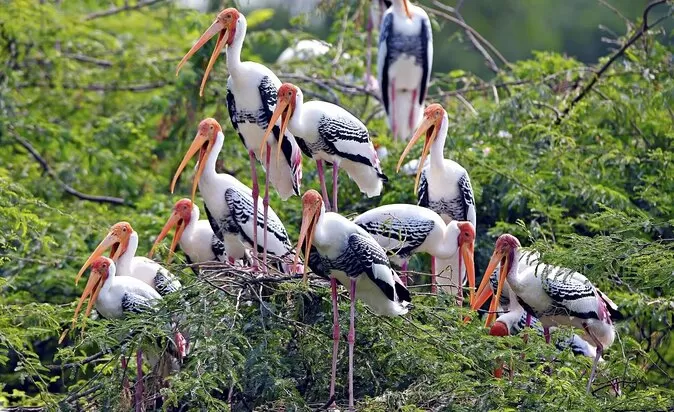
Witness one of the world’s most important bird breeding and feeding grounds. Keoladeo National Park hosts a remarkable diversity of birds, from waterfowl to raptors, from waders to warblers. Some of the birds that you can expect to see here are cranes, pelicans, storks, herons, egrets, ibises, spoonbills, ducks, geese, swans, flamingos, cormorants, darters, grebes, coots, moorhens, jacanas, lapwings, plovers, sandpipers, snipes, terns, gulls, kingfishers, bee-eaters, rollers, parakeets, owls, eagles, kites, harriers, falcons, vultures, shrikes, orioles, drongos, babblers, warblers, flycatchers, thrushes and many more.
The park is especially famous for hosting the critically endangered Siberian crane during the winter months. This majestic white bird migrates from Siberia to India every year and spends its time in the park’s marshes. It is one of the rarest birds in the world and a sight to behold.
Enjoy a unique and diverse safari experience. Keoladeo National Park offers different types of safaris that suit your preferences and budget. You can choose from cycle rickshaw safari, bicycle safari, horse tonga safari, or boat safari. Each safari option has its own advantages and disadvantages, but they all allow you to explore the park’s different zones and habitats, such as woodlands, grasslands, wetlands, and woodland swamps. You can also hire a guide who will accompany you on your safari and provide you with valuable information about the park’s ecology, conservation, and culture. You can also spot other animals besides birds in the park, such as deer, nilgai, jackals, hyenas, mongooses, foxes, porcupines, civets, otters, and even pythons.
Capture stunning photographs of the park’s scenery, wildlife, and sunrise/sunset views. Keoladeo National Park is a photographer’s dream come true. The park offers endless opportunities for capturing amazing images of its flora and fauna. You can use different camera settings, angles, compositions, lighting conditions, and techniques to create stunning shots of the park’s beauty. You can also take advantage of the park’s sunrise and sunset views, which create a magical atmosphere and enhance the colors and contrasts of the landscape and wildlife. The park also has some observation towers and hides that allow you to get closer to the birds without disturbing them.
Learn more about the park’s ecology, conservation, and culture from expert guides and local communities. Keoladeo National Park is not only a wildlife sanctuary but also a living laboratory for studying and conserving wetland ecosystems. The park has been facing various challenges such as water scarcity, invasive species, poaching, encroachment, and climate change. The park authorities and local communities have been working together to overcome these challenges and protect the park’s biodiversity and heritage. You can learn more about the park’s ecology and conservation efforts from the expert guides who work in the park. You can also interact with the local communities who live around the park and depend on it for their livelihood. You can learn about their culture, traditions, and festivals that are linked to the park and its wildlife.
How to Plan Your Trip to Keoladeo National Park?
If you are convinced that Keoladeo National Park is a must-visit destination for you, here are some practical tips and advice on how to plan and prepare for your trip:

When to visit:
Keoladeo National Park can be visited any time of the year, as it is open throughout the year. However, the best time to visit depends on what you want to see and do in the park. If you want to see the maximum number of birds, especially the migratory ones, you should visit between October and February. This is when the park receives thousands of birds from different parts of the world, including Siberia, Central Asia, Europe, and Africa.
The park also becomes a breeding ground for many resident birds during this time. If you want to see the park in its greenest and wettest state, you should visit between July and September. This is when the park receives monsoon rains that fill up its water bodies and create a lush and vibrant environment. The park also becomes a refuge for many animals that seek shelter from the heat and drought in other parts of Rajasthan. If you want to avoid the crowds and enjoy a peaceful and serene experience, you should visit between March and June. This is when the park receives fewer visitors and offers a calm and quiet atmosphere. The park also becomes a haven for many summer birds that thrive in the dry and hot conditions.
How to get there:
Keoladeo National Park is located in Bharatpur district of eastern Rajasthan, about 200 km from Delhi, 180 km from Jaipur, and 60 km from Agra. You can reach the park by different modes of transport, such as:
By air: The nearest airports are Delhi and Jaipur, which are well connected to other major cities in India and abroad by regular flights. From Delhi or Jaipur, you can take a taxi or a bus to reach Bharatpur, which is about 4 hours from Delhi and 3 hours from Jaipur by road.
By train: The nearest railway station is Bharatpur Junction, which is well connected to other major cities in India by regular trains. From Bharatpur Junction, you can take a taxi or a rickshaw to reach the park entrance, which is about 5 km away.
By road: You can also drive to Bharatpur by your own vehicle or hire a taxi or a bus from Delhi, Jaipur, Agra, or other nearby cities. The roads are well maintained and signposted, and you can follow the directions to reach the park entrance.
Where to stay:
There are many accommodation options near or inside Keoladeo National Park, ranging from budget to luxury. You can choose from hotels, resorts, guest houses, lodges, camps, or homestays according to your preferences and budget. Some of the popular accommodation options are:
Hotel Sunbird: This is a budget hotel located near the park entrance that offers basic amenities and services such as AC rooms, TV, WiFi, restaurant, laundry, etc. The hotel also arranges safari tours and guides for its guests.
The Birder’s Inn: This is a mid-range hotel located near the park entrance that offers comfortable amenities and services such as AC rooms, TV, WiFi, restaurant, bar, garden, library, etc. The hotel also arranges safari tours and guides for its guests.
The Bagh: This is a luxury resort located near the park entrance that offers luxurious amenities and services such as AC rooms, TV, WiFi, restaurant, bar, spa, pool, gym, etc. The resort also arranges safari tours and guides for its guests.
Shanti Kutir: This is a homestay located inside the park that offers cozy amenities and services such as AC rooms, TV, WiFi, restaurant, garden, etc. The homestay also arranges safari tours and guides for its guests.
What to pack:
Here are some essential items that you should bring along for a comfortable and enjoyable visit to Keoladeo National Park:
Clothing: You should wear comfortable and breathable clothing that suits the season and climate of the park. You should also wear layers that you can add or remove according to the temperature changes throughout the day. You should avoid bright colors that may scare away the birds or attract unwanted attention from other animals. You should also wear long sleeves and pants that protect you from sunburns, insect bites, or scratches from vegetation.
Footwear: You should wear sturdy and comfortable footwear that supports your feet and ankles and allows you to walk or cycle on different terrains. You should also avoid sandals or open shoes that may expose your feet to injuries or infections.
Camera gear: You should bring your camera and accessories such as lenses, batteries, memory cards, tripod, etc. to capture the amazing images of the park’s scenery and wildlife. You should also bring a camera bag or backpack that protects your gear from dust, water, or theft. You should also bring a lens cloth or brush to clean your lenses from dust or moisture.
Binoculars: You should bring a pair of binoculars to observe the birds and other animals from a distance without disturbing them. You should also bring a bird guide or book to identify the different species that you see in the park.
Water bottle: You should bring a reusable water bottle to stay hydrated throughout your visit. You can refill your bottle from the water taps or fountains available in the park. You should avoid buying plastic bottles that may pollute the environment or harm the wildlife.
Snacks: You should bring some snacks such as nuts, fruits, granola bars, etc. to keep your energy levels up during your visit. You can also buy some snacks from the shops or stalls near the park entrance or inside the park. You should avoid bringing any food items that may attract or feed the animals in the park.
Sunscreen: You should apply sunscreen to protect your skin from sunburns, especially during the summer season. You should also wear a hat, sunglasses, and scarf to shield yourself from the sun’s rays.
Insect repellent: You should apply insect repellent to prevent mosquito bites or other insect bites, especially during the monsoon season. You should also wear long sleeves and pants to cover your skin from insects.
First aid kit: You should bring a first aid kit with some basic items such as bandages, antiseptic, painkillers, etc. in case of any minor injuries or illnesses. You should also bring any personal medication that you may need during your visit.
What to Do and See in Keoladeo National Park?
There are many things to do and see in Keoladeo National Park, but here are some of the most popular and recommended ones:

Birdwatching:
This is the main attraction and activity of the park, as you can spot over 370 species of resident and migratory birds in different zones and habitats of the park. Some of the birds that you can expect to see here are cranes, pelicans, storks, herons, egrets, ibises, spoonbills, ducks, geese, swans, flamingos, cormorants, darters, grebes, coots, and many more. The park is especially famous for hosting the critically endangered Siberian crane during the winter months. This majestic white bird migrates from Siberia to India every year and spends its time in the park’s marshes. It is one of the rarest birds in the world and a sight to behold.

Safari Treks:
Besides birdwatching, you can also enjoy a unique and diverse safari experience in the park’s varied habitats such as woodlands, grasslands, wetlands, and woodland swamps. You can spot other animals besides birds in the park, such as deer, nilgai, jackals, hyenas, mongooses, foxes, porcupines, civets, otters, and even pythons.
You may also like to read: Keoladeo National Park Bharatpur
Photography:
Keoladeo National Park is a photographer’s dream come true. The park offers endless opportunities for capturing amazing images of its flora and fauna. You can use different camera settings, angles, compositions, lighting conditions, and techniques to create stunning shots of the park’s beauty.

Visiting the Keoladeo temple:
This is a temple dedicated to Lord Shiva that lies in the central area of the park. It is one of the oldest temples in Bharatpur and attracts many devotees and pilgrims throughout the year. It is also a good spot to see some birds that nest on its walls and roofs.
Exploring the nearby villages and markets:
You can also visit some of the nearby villages and markets that surround the park and experience their culture, traditions, and lifestyle. You can interact with the local people who live around the park and depend on it for their livelihood. You can also buy some souvenirs, handicrafts, or local delicacies from them.
Participating in cultural events or festivals:
You can also participate in some of the cultural events or festivals that are celebrated in or around the park by the local communities. Some of these events or festivals are Basant Panchami, Holi, Gangaur, Teej, Janmashtami, Dussehra, Diwali, etc. These events or festivals showcase the rich and colorful culture and heritage of Rajasthan.
Keoladeo National Park is a must-visit destination for anyone who loves nature, wildlife, and culture. It is one of the world’s most important bird breeding and feeding grounds that hosts over 370 species of resident and migratory birds.
You may also like to read: The Fascinating Forest - Keoladeo National Park
So, what are you waiting for? Book your trip to Keoladeo National Park today and experience the beauty and diversity of India’s bird paradise.
We hope you enjoyed reading this article and found it useful and informative. If you did, please share it with your friends and family who might be interested in visiting Keoladeo National Park. You can also leave us a comment below and let us know your thoughts and feedback. We would love to hear from you.






